Description
Otsuka Plasaline 0.9% is a Normal Saline (sodium chloride) solution, commonly used to maintain fluid and electrolyte balance in the body. The solution, which contains 0.9% sodium chloride, is typically administered intravenously to restore and maintain the body’s intravascular volume. This helps improve blood flow, ensuring proper organ and tissue perfusion. The sodium and chloride ions help regulate osmotic pressure and the acid-base balance in the body, especially in situations of dehydration, trauma, or surgery.
Normal Saline 0.9% is commonly used in clinical settings for fluid replacement, dehydration management, and surgical support. It helps restore electrolyte balance and maintain blood volume. While generally safe, caution is needed in patients with heart or kidney issues due to the risk of fluid overload. Regular monitoring of fluid and electrolyte levels is advised during prolonged use.
It is used to replenish lost fluids, maintain tissue viability during surgical procedures, and assist with the dilution of certain intravenous medications.
Ingredients
-
Normal Saline (0.9% Sodium Chloride)
Drug Class
-
Intravenous Fluid
Dosage Form
-
Injection
Uses
Otsuka Plasaline 0.9% is used for various medical purposes, including but not limited to:
-
Fluid Replacement: Helps in treating and preventing dehydration by restoring lost fluids.
-
IV Line Flushing: Keeps intravenous lines and catheters clear, ensuring they function properly.
-
Wound Irrigation: Cleans wounds, removing debris and assisting in healing.
-
Nasal Irrigation: Relieves congestion by clearing the sinuses.
-
Eye Irrigation: Flushes and cleans the eyes, especially in cases of irritation or foreign object exposure.
-
Medication Dilution: Used to dilute certain medications for intravenous administration.
-
Surgical Use: Maintains tissue viability during surgical procedures.
In Case of Overdose
An overdose of Normal Saline can lead to fluid overload, which may cause symptoms such as swelling, increased blood pressure, and pulmonary edema. Overhydration may also result in electrolyte imbalances, particularly sodium and potassium. Treatment involves monitoring vital signs, adjusting fluid intake, and possibly using diuretics to manage the excess fluid. It is important to seek immediate medical attention if an overdose is suspected.
Missed Dose
If a dose is missed, consult a healthcare provider for guidance on how to proceed. Never attempt to double the dose, and always follow the prescribed schedule to ensure the treatment is effective.
How to Use
-
Ensure the saline solution is at room temperature before use.
-
Clean the injection site with an alcohol swab.
-
Insert the needle at a 45-degree angle and slowly inject the prescribed volume.
-
After injection, remove the needle gently and apply light pressure to the site with a sterile gauze pad.
When Not to Use
Otsuka Plasaline should not be used in the following conditions:
-
If there is a known allergy to sodium chloride or any of the ingredients.
-
In patients with severe hypernatremia (high sodium levels in the blood).
-
If the patient has pulmonary edema caused by heart or kidney disease.
-
Not recommended for individuals with severe kidney impairment or those unable to produce sufficient urine.
-
Contraindicated in patients with severe edema (swelling) from heart or kidney issues.
-
Should not be used if the solution is discolored or contains visible particles.
Side Effects
Common side effects may include:
-
Pain, swelling, or redness at the injection site.
-
Inflammation of veins (phlebitis).
-
General swelling (edema) due to fluid retention.
-
Hypersensitivity reactions such as itching or rashes.
-
Fluid overload, potentially causing swelling in limbs or face.
-
Electrolyte imbalances, particularly sodium and chloride.
-
Increased blood pressure.
-
Local tissue damage if administered improperly.
Precautions & Warnings
It is important to be cautious and take the following precautions when using Otsuka Plasaline 0.9%:
-
Medical Supervision: Use this product under the guidance of a healthcare professional, especially for intravenous administration.
-
Visual Inspection: Do not use if the solution appears cloudy or contains particles.
-
Dosage Accuracy: Ensure proper dosing to prevent fluid overload, particularly in patients with heart or kidney conditions.
-
Electrolyte Monitoring: Regular monitoring of fluid balance and electrolyte levels is important, particularly with long-term use or in vulnerable patients.
-
Infection Risk: Discontinue use and consult a doctor if any infection signs occur at the injection site.
Drug Interactions
-
Intravenous Medications: Ensure compatibility when used with other intravenous solutions, especially those requiring dilution.
-
Aminoglycosides: Concomitant use may increase the risk of renal toxicity.
-
Diuretics: Use with diuretics requires careful monitoring due to potential fluid and electrolyte imbalances.
Food Interactions
-
General Diet: No specific food restrictions, but maintaining a balanced diet is advised to support overall health.
-
Alcohol: Avoid excessive alcohol, as it can affect hydration and lead to dehydration.
-
Caffeine and Sugary Foods: Moderate intake is recommended to maintain hydration and stable blood sugar levels.
Storage & Disposal
-
Store the vial or ampoule at room temperature, away from direct heat, sunlight, and moisture.
-
Do not refrigerate or freeze.
-
Always inspect the solution for discoloration or visible particles before use.
-
Dispose of any unused solution immediately, and follow local medical waste disposal guidelines.
Quick Tips:
-
Ensure the solution is at room temperature before administering.
-
Always use sterile equipment, including needles and syringes.
-
Inject slowly and report any issues such as pain, swelling, or discomfort to a healthcare provider.
-
Properly dispose of used needles and syringes.
Disclaimer: This product information is for educational purposes and is not intended to replace professional medical advice. Always consult with a healthcare provider before using any medical product.

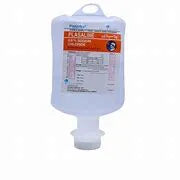

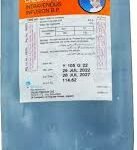
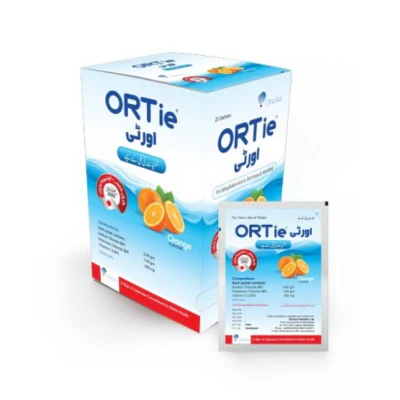
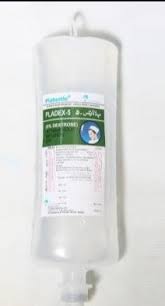
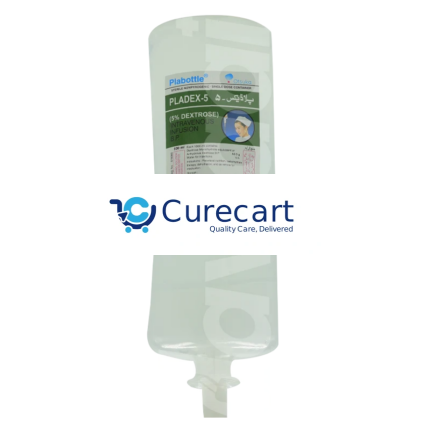
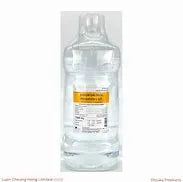
Reviews
There are no reviews yet.